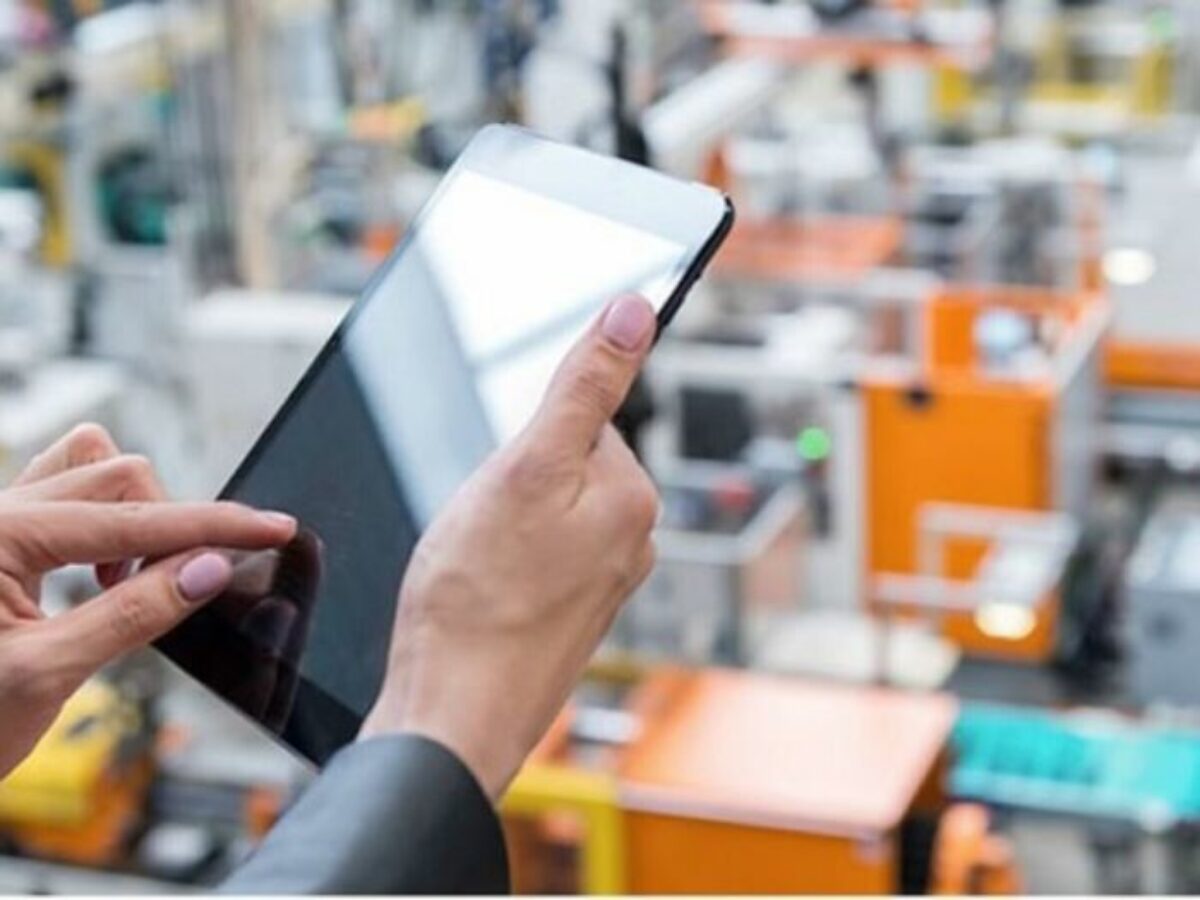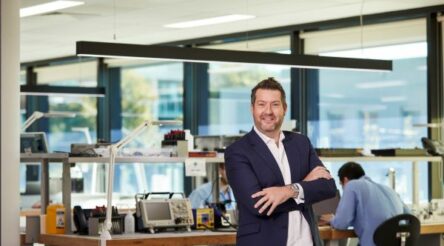The Productivity Commission’s new target – green industries ‘assistance’

By Peter Roberts
That old industrial relic the Productivity Commission has released its latest Trade and Assistance Review, 2021-22 (TAR), and you have to hand it to them, they are really on the ball.
Having spent past decades searching out the evil of tariffs and non tariff trade barriers, they have now woken up to the fact that the world is moving against globalism, and that government grants and concessional finance for green energy might just constitute industry assistance.
Well d’uh girlfriend, haven’t both these things been obvious for years already?
Releasing the TAC to the public, Deputy PC Chair Dr Alex Robson bemoaned a global return to overt industry policy, ‘as fears about supply chain disruptions continue’.
Dr Robson said: “The world’s largest economies are increasingly engaged in policies to favour selected domestic industries through subsidies, local content rules and trade barriers.
“In many cases this is simply a form of old-fashioned protectionism.”
“As a small open economy, our future prosperity depends on global economic integration and low trade barriers.”
The latter of course is a given, totally opening ourselves to imports and urging others to do the same is ipso facto the only way for Australia to maximise economic outcomes.
After all hasn’t such thinking given us the world’s least complex economy, totally dependent on the export of a handful of undifferentiated commodities, increasingly fragile and open to external shock?
Never mind analysing the parlous nature of our dig it up and ship it out economy, the PC turns its monocle to Australia’s contribution to the rise of industry policy – the cost of policies fostering a green energy transition.
The PC names these evils as renewable energy targets, feed in tariffs, energy efficiency trading schemes, government grants for abatement projects, tax concessions for domestic biofuel production, tax concessions for electric vehicles, concessional finance for abatement projects, and a Safeguard Mechanism (SM) that imposes emissions intensity limitations on some emissions sources.
According to the TAC report: “The pursuit of significantly high cost abatement policies – when lower cost credible abatement options are available – suggests the activity might be given industry assistance for reasons other than their potential contribution to national emissions reduction goals.
“For example, this might include a desire to build a domestic manufacturing capacity in a low or zero emissions sector – which should be considered distinct from emissions abatement to the extent that Australia’s emissions abatement targets can be readily achieved by importing the same technologies.”
Heaven forbid Australia might have a desire to build ‘a domestic manufacturing capacity’.
After all we can readily import the stuff from others.
Funny, not a peep from the PC about the steady decline of manufacturing’s share of gross domestic product, now 5.4 percent according to the World Bank.
Would they still be OK with 4.4 percent, or 3.4 percent? Apparently such things are not a worry as our goals ‘can be readily achieved by importing the same technologies’.
But is that a glimmer of acknowledgement in the TAC report that some industry intervention might be tolerated?
“There can be a legitimate public policy case for some forms of industry assistance.
“For example, industry assistance can be an economically efficient response to market failure, helping to correct for factors that would constrain the scale and quality of activities affected by market failure, helping to improve broader living standards in the process.
“Government may also have a role in limiting the fallout from economic shocks.”
So transitioning an economy dependent on fossil fuels, in a world where warming is already inevitably going to pass 1.7 degress according to the PC itself, should be left to the market.
We should hang around until evidence of market failure turns up, then we might, just might, be justified in trying to build our own industrial capacity to meet the climate change challenge.
As for globalisation, the PC report points out that onshoring and reshoring, as well as friendshoring, are ‘developments (that) have led some to question whether globalisation is now in decline, or whether its patterns are being notably altered along geopolitical lines’.
The PC’s response to rising trade barriers and our competitors subsidising various industries – to the tune of hundreds of billions of dollars in the case of the US alone – is to double down on our tariff and industry policy purity of the past.
No assistance good, assistance bad, you might say.
“Industry assistance can…distort economic outcomes to the detriment of living standards.
“It can do so by directing scarce resources towards sectors that nations do not have a comparative advantage in, or by increasing the size of sectors beyond what is desired by individuals, households and businesses in that country.”
This has always been the nub of the PC’s internal dialogue with itself, the notion of the supremacy of comparative advantage.
Australia should only really aim for industries where we have comparative advantage – presumably exporting iron and coal and gas as we do today.
After all we have so much of the stuff to begin with, and it takes only minimal technology and labour to dig it up.
The notion that a nation might build competitive advantage based on the rising skills of its people, the ingenuity of its business leaders, the strengths of its institutions and the rising technological intensity of its economy doesn’t get a mention.
“Continuing to focus on our comparative advantage is likely to build a broader and more enduring form of resilience in Australia – providing the high-income levels that can help deal with, and manage the fallout from, the unforeseen trade disputes and supply chain issues that will inevitably arise from time to time.”
Further reading:
Browse @AuManufacturing’s reviews and analyses of the Productivity Commission here.
Productivity Commission fires blanks in report on boosting innovation
Rescuing the Productivity Commission from itself – By Phillip Toner and Roy Green
Picture: Productivity Commission
@aumanufacturing Sections
Analysis and Commentary Awards Defence Manufacturing News Podcast Technology Videos










